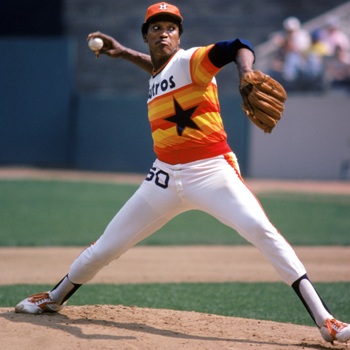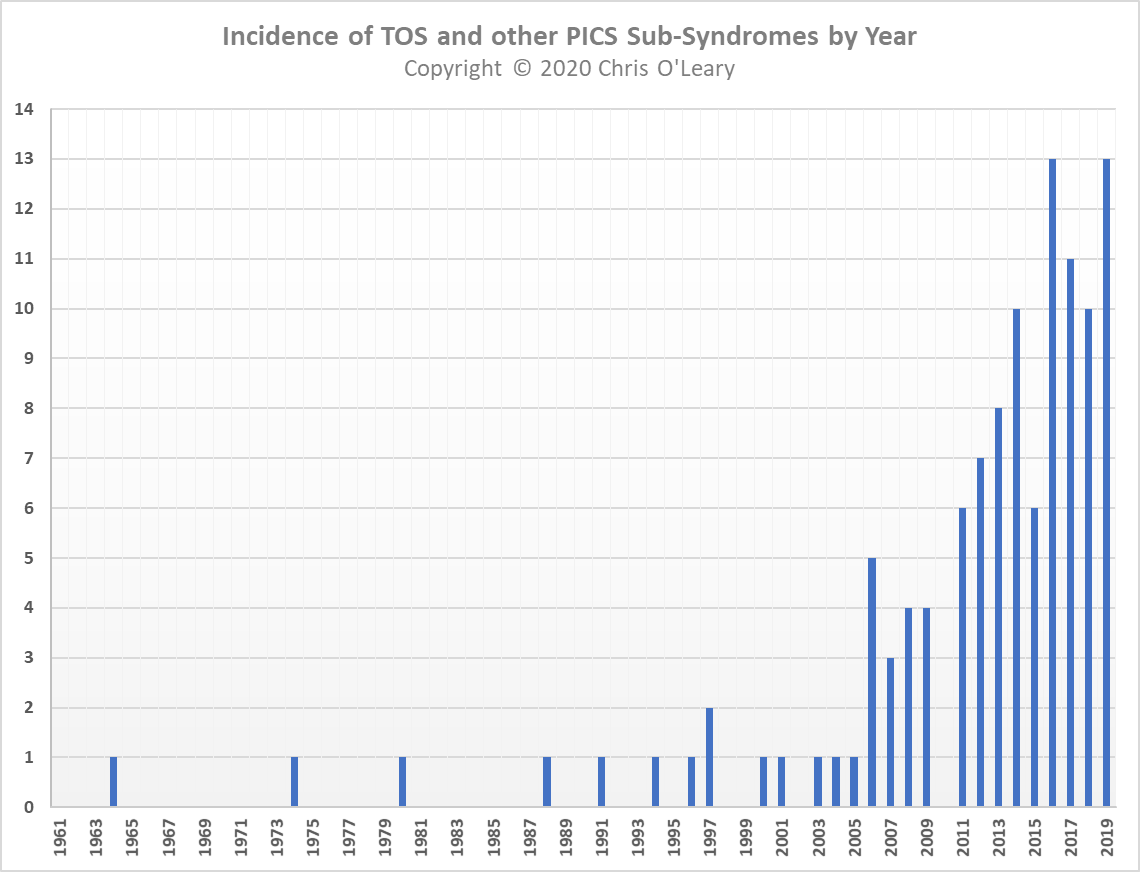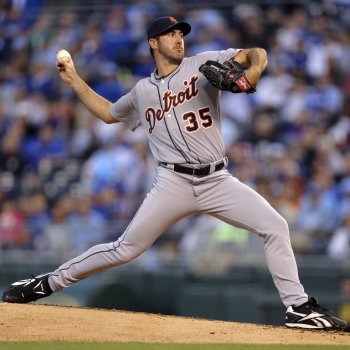2016.12.23
Updated 2021.9.17
 While the increasing number of pitchers who require Tommy John surgery is troubling, because anything that requires people to undergo surgery entails some risk, it isn't that big of a deal.
While the increasing number of pitchers who require Tommy John surgery is troubling, because anything that requires people to undergo surgery entails some risk, it isn't that big of a deal.
In the worst case, problematic movements like the Tommy John Twist can mean retired pitchers have trouble combing their hair or brushing their teeth with their pitching arm or their shoulder aches when it's going to rain when their playing days are over.
The far more troubling part of the epidemic is the hockey-sticking increase in the incidence of Thoracic Outlet Syndrome (TOS) and other causes of blood clots and related problems in baseball pitchers.
Blood clots which can lead to disability or even death.
For those of you who think I'm crazy, do some research into the history and experience of J.R. Richard who pitched for the Astros in the 1970s and early 1980s and who was forced to retire due to a stroke.
Caused by TOS.
While TOS is my main concern, I believe there is a meta-syndrome involved, that I now call Throwing-Induced Coagulation and Neuropathy Syndrome (TICaNS) and have previously called...
- Pitching-Induced Coagulation and Neuropathy Syndrome (PICaNS)
- Pitching-Induced Coagulation Syndrome (PICS)
- Pitching Induced Thoracic Outlet Syndrome (PITOS)
...whose incidence seems to be hockey-sticking upwards.

Throwing-Induced Coagulation and Neuropathy Syndrome (TICaNS)
People seem to be having a problem seeing the forest for the trees, so this piece and the image below are my attempt to help people see the bigger picture.

Why TICaNS?
I believe Neuropathy is related to the underlying root cause, and I'm seeing the same problems in catchers, which is why I've expanded the term to Throwing-Induced Coagulation And Neuropathy Syndrome (TICaNS) from PICaNS and before it PICS and PITOS.
Throwing-Induced Coagulation and Neuropathy Syndrome (TICaNS)
I have identified a number of problematic tricks, shortcuts, and general movement patterns that pitching coaches employ because they often yield quick velocity boosts. The problem is that these tricks and shortcuts work by overloading and pushing pitchers' arms to the limit.
And, as I discuss in The Epidemic, increasingly beyond it.
What's worse, it seems that these problematic tricks, shortcuts, and movement patterns may be causing problems beyond just elbow and shoulder problems. By that I mean problems like Thoracic Outlet Syndrome (TOS) and other (IMO related) causes of blood clots in baseball pitchers.
Why do I say the incidence of TOS in baseball pitchers is hockey-sticking? According to one source, there were...
- Seven cases of TOS in M/MiLB pitchers from 2001-2015.
- Five cases of TOS in M/MiLB pitchers during 2016 alone.
Another source says 13 MLB pitchers underwent surgery for TOS from July 2001 through July 2014, which is far less than the current trend of at least 7 cases of TOS in 2016.
While Dr. Glenn Fleisig of ASMI has been receptive to some of my observations and suggestions, the Mayo Clinic continues to advocate what in my opinion is an at least ahistorical, and in my opinion problematic, movement pattern called the Power Position.

Mayo Clinic Pitching Power Position
In my opinion, the Mayo Clinic is selling as "safer" a movement pattern that, in truth, is extremely dangerous. And perhaps life-threatening. I assume that is because they are blindly following and advocating, rather than questioning, the Stinkin Thinkin that characterizes the conventional wisdom abut pitching mechanics.
That's something that you'd hope a prestigious institution like the Mayo Clinic wouldn't be vulnerable to, but nobody seems to be thinking particularly well about pitching mechanics and injuries at the moment.
What's the big deal, beyond career-ending injuries?
Why TICaNS?
Why is a new term necessary? Why call it TICaNS and not use an existing term like Thoracic Outlet Syndrome (TOS)?
Because of an age-old problem.

Pitching-Induced Coagulation Syndrome (PICS)
People aren't seeing the big picture.
And getting a sense of the true magnitude of the problem.
Different people are looking at what I believe is the same core problem from different perspectives and using different terms to describe what they are seeing. That's a problem because it disguises the problem's...
- Root cause
- Incidence
- Magnitude
High school, college, minor, and major league baseball pitchers who have been diagnosed with TOS or a related issue like...
- Axillary Artery problems
- Axillary Artery Thrombosis
- Axillary Nerve problems
- Aneurysms (especially Axillary Artery)
- Arterial Clot
- Carpal Tunnel Syndrome
- Effort Thrombosis
- Ischemia of the Throwing Hand
- Nerve Conditions
- Paget-Schroetter’s Syndrome
- Pseudoaneurysm
- Pulmonary Embolisms
- Radial Nerve Irritation/Inflammation
- Raynaud's Syndrome
- Vascular Issues
...and other causes of baseball injuries that lead to or involve blood clots include...
1962 Tom Fletcher
...
1964 Whitey Ford
...
1966 Bill Singer
...
...
...
...
...
...
...
1974 Pete Richert
...
...
...
...
...
1980 J.R. Richard
...
...
...
...
...
...
...
1988 Dennis "Oil Can" Boyd
...
...
1991 Lance McCullers
1991 Lazaro Valle
...
...
1994 Kevin Rogers
1995 Tony Garner
1996 David Cone
1997 Rich DeLucia
1997 Derek Wallace
1998
1999
2000 Woody Williams
2001 Kenny Rogers
2002
2003 Hideki Irabu
2004 Aaron Cook (PULMONARY EMBOLISM)
2005 Felix Heredia
2006 Colin Bates
2006 Tom Glavine
2006 Roberto Hernandez
2006 Glendon Rusch (PULMONARY EMBOLISM)
2006 Kip Wells
2007 Colin Bates
2007 John Rheinecker
2007 Kenny Rogers
2008 Jeremy Bonderman
2008 Carsten Bocchi
2008 Davis Romero
2008 Kip Wells
2009 Matt Harrison
2009 Ian Kennedy
2009 Noah Lowry
2009 Joshua Poytress
2010
2011 Alex Cobb
2011 Taylor Hammack
2011 Trevor Haas (Paget-Schroetter Syndrome)
2011 Bobby Jenks (PULMONARY EMBOLISM)
2011 Tom Lemke
2011 Bobby Parnell
2011 Andy Riviera
2011 Ryan Stoller
2012 Mike Adams
2012 Chris Carpenter
2012 Ryan Copeland
2012 Dillon Gee
2012 Rio Ruiz
2012 Carlos Villanueva
2012 Austin Young
2013 Josh Beckett
2013 John Curtiss
2013 Deolis Guerra (PULMONARY EMBOLISM)
2013 Shaun Marcum
2013 Nick Masset
2013 Clayton Richard
2013 Jason Vargas
2013 Chris Young
2014 Nate Adcock
2014 Daniel Bard
2014 Drake Curry
2014 Jaime Garcia
2014 Luke Glavin
2014 Jeff Kinley
2014 Chris McCue
2014 Kevin Pohle
2014 Michael Stutues
2014 David Thompson (POSITION PLAYER)
2015 Chris Carrier
2015 Mike Foltynewicz
2015 Shane Greene
2015 Steve Perakslis
2015 Dominic Taccolini
2015 Nick Tepesch
2016 Cam Bedrosian
2016 Richard Castillo
2016 Dillon Gee (PULMONARY EMBOLISM)
2016 Matt Harvey
2016 David Hill
2016 Luke Hochevar
2016 Phil Hughes
2016 Frankie Montas
2016 Scott Oberg
2016 Tyson Ross
2016 Drew VerHagen
2016 Kyle Zimmer
2016 Kevin Ziomek
2017 Carter Capps
2017 Jerad Eickhoff (Neuropathy)
2017 Jeurys Familia
2017 Phil Hughes (AGAIN)
2017 Tyler Jay
2017 Nate Karns
2017 Henry McAree
2017 Matt Meyer
2017 Tyler Thornburg
2017 Vince Velasquez
2017 Bobby Wahl
2018 Samson Abernathy
2018 Matt Bowman
2018 Jerad Eickhoff
2018 Jared Janczak
2018 Grayson Long
2018 Glenn Otto
2018 Andy Rivera
2018 Cody Sedlock
2018 Andrew Triggs
2018 ? - Danny Farquhar
2019 Kyle Barraclough
2019 Cody Bradford
2019 Nick Burdi
2019 Brett Cecil
2019 James Cundy
2019 Dominic Keegan
2019 Nathan Kirby
2019 Tyler Kolek
2019 Drew Millas (Catcher)
2019 Nick Nastrini
2019 Trae Robertson
2019 Allen Webster
2019 Scott Oberg (AGAIN)
2019 Spencer Stanton
2019 Kenyon Yovan
2020 Chris Archer (N-TOS)
2020 Dominic Keegan (Catcher)
2020 Antoine Kelly
2020 Merrill Kelly
2020 Kwang-hyun Kim (Renal Infarction after prior Stroke)
2020 Scott Oberg (AGAIN)
2021 Maximo Acosta (Position Player)
2021 Adbert Alzolay
2021 Kohei Arihara
2021 Tyler Dean
2021 Parker Dunshee
2021 Patrick Greenan
2021 Will Harris
2021 Tyler Ivey
2021 Antoine Kelly
2021 Joe Kelly
2021 John King
2021 Nick Margevicius
2021 Scott Oberg
2021 Jon Olsen
2021 Cody Reed
2021 Keaton Rowton
2021 Trevor Rosenthal
2021 Christian Santana
2021 Stephen Strasburg (N-TOS)
2021 Vince Velasquez (AGAIN)
2021 Weston Wilson (Position Player)
2021 ? - Sean Murphy (Catcher)
2021 ? - Eduardo Rodriguez
Some of these cases likely have a genetic/lifestyle basis. However, I am concerned that the incidence of blood clots in baseball pitchers is rising, I believe due to how baseball players are being taught to pitch (and throw).

Mike Foltynewicz
Mike Foltynewicz's problem is particularly troubling because it doesn't involve (pronounced) Hyperabduction. Rather, his flaw is Premature Pronation and the Tommy John Twist as a result of following the common cue to Point the Ball at Second Base.
The Problem
I believe Pitching-Induced Coagulation and Neuropathy Syndrome (PICaNS) is the result of problematic cues like...
...and a general movement pattern that I call the...
Telling pitchers to get their (Pitching Arm Side) elbow up can lead to a problem that I call...
I lay out the terrifying implications of PICaNS in...
How Dominant & Durable Pitchers (Actually) Throw
Throwiing-Induced Coagulation and Neuropathy Syndrome (TICaNS) often results from a misunderstanding of how great pitchers (actually) throw the ball.

Justin Verlander
Notice how, into foot plant, rather than getting his pitching arm side elbow up ABOVE the level of his shoulders, Justin Verlander's Pitching Arm Side elbow is just BELOW the level of his shoulders.

Justin Verlander
Root Causes
Pitching-induced Thoracic Outlet Syndrome can result from a number of things...
PICaNS
With the increasing incidence of reports like this one about Brett Cecil...
A nerve issue that apparently causes Cecil to lose sensation in his arm/fingers as he's throwing the ball
...I have started wondering if PICS should be expanded to PICaNS, or Pitching-Induced Coagulation -- and Neuropathy -- Syndrome.
While most of the problems I'm worried about -- and the biggest problems -- are related to coagulation of the blood and the formation of clots, I am seeing some signs that the same core problem can also create problems with the nerves due to their being stretched and put under tension by movements like extreme adduction of the pitching arm.
References